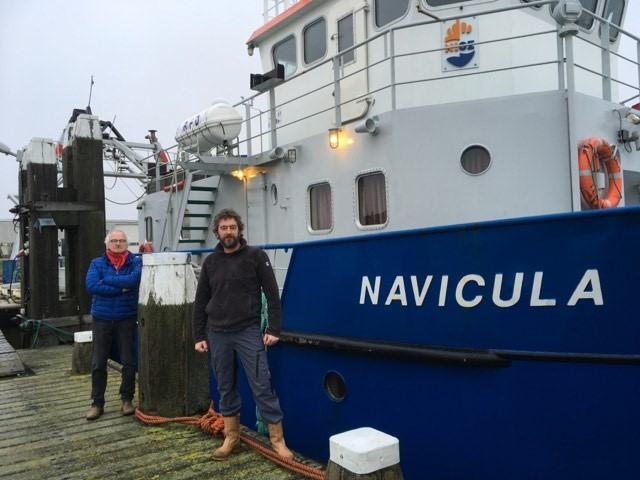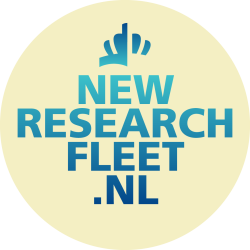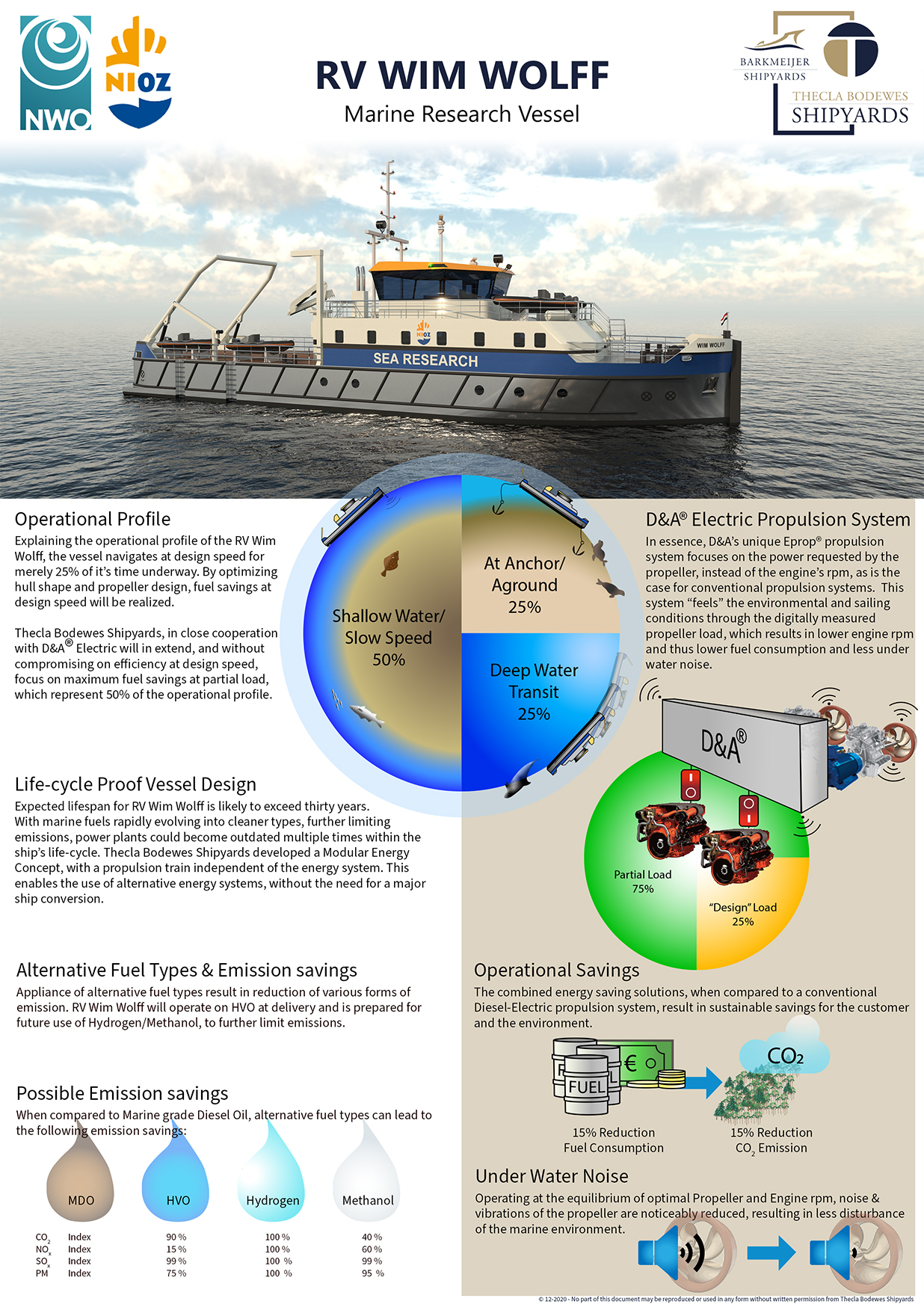Preparation & Design
Design process
An interview with Henk van der Veer and Bram Fey about the long design process for research vessel RV Wim Wolff in which both were closely involved. Henk is former head of the NIOZ Department for Coastal Systems and a member of the Taksforce Fleet Replacement. He was the point of contact for research. Bram is the captain of RV Navicula and contributed a lot of practical knowledge.

Why did the RV Navicula need to be replaced?
The current Wadden and delta research vessel RV Navicula is now almost 40 years old and beyond its useful lifespan. The maintenance costs are growing, the vessel is old and the safety aspects are also under pressure. One such example is the ship’s thin hull.
Why are you building a new vessel instead of converting an existing vessel?
You can always convert an existing vessel, that is a matter of weighing up the costs and the benefits. Based on the design brief produced, it proved far more efficient to design and construct a new vessel than to convert an existing one.
When did you start to think about the specifications?
From the moment a ship becomes operational, people already begin talking about improvements for a next ship. Some five years ago the urgency of the situation became obvious and we started to seriously think about the specifications.
How do you put together a wish list with prerequisites?
Drawing up such a list always starts from the perspective of the current situation; what do we miss, which requirements does a new vessel need to satisfy and what are the future developments? Then you put together a small group of people who further elaborate these requirements. You begin internally by interviewing the main users and the crew. As soon as you have a design brief, this is submitted to the entire Dutch marine research community. All suggestions are then seriously examined and adopted as much as possible. Subsequently, this design brief –with a clear ranking – leads to a preliminary sketch of the type and size of vessel required. Internally, an initial estimation of the construction and exploitation costs is also made. From the outset, all of this happens with feedback from, and in cooperation with, the parent organisation NWO.
Who contributed ideas and how do you keep everybody satisfied?
Good communication is the key to keeping everyone involved so that they all have confidence in the project and the process. In particular, a clear list of ranked requirements is important. In the case of RV Wim Wolff, those priorities were: maximum draught and possibility to beech (identical to the current vessel), followed by a larger capacity, as efficient and green as possible, and sustainable, with minimum maintenance costs.
How do you determine which agency will design the vessel and how many design rounds are needed?
The design bureau is chosen on the basis of their expertise and experience and, of course, the costs. There are several options available in the Netherlands. The number of design rounds is partly determined by a good design brief with ranked requirements, which is no longer deviated from during the process. Based on experience, especially that of the design agency, a time schedule is produced for which the lead time is always between 9 to 12 months. This is partly because a plan must also mature.
What are the most striking characteristics of the new vessel?
With a length of 37 metres, the RV Wim Wolff will be longer than the RV Navicula (25.5 metres), and unlike the current vessel, it will be produced from aluminium and it will be state-of-the-art, innovative and environmentally friendly. Furthermore, its multifunctionality means that the entire marine research sector of the Netherlands can make use of it.
What type of research is possible with the new vessel?
In principle, everything is possible due to the modular nature of the new vessel. Various research containers with complete laboratories can be placed on the vessel and just as easily removed again. Thanks to this flexibility, the optimum equipment can be taken along during each trip. In the future, it will also be possible to give new research techniques that still need to be developed, such as the use of drones, a place on the ship.
How sustainable is the vessel, and what are the possible future developments in that area?
The new vessel is as green as is currently possible, with minimal emissions thanks to the use of HVO (Hydrotreated Vegetable Oil), the most sustainable form available at the moment. In addition, the noise emissions above as well as beneath the water surface are exceptionally low and there are no emissions of waste or sewage water.
What do you think of the RV Wim Wolff’s design?
We are very satisfied with and proud of the final design. We are really looking forward to seeing the vessel!

